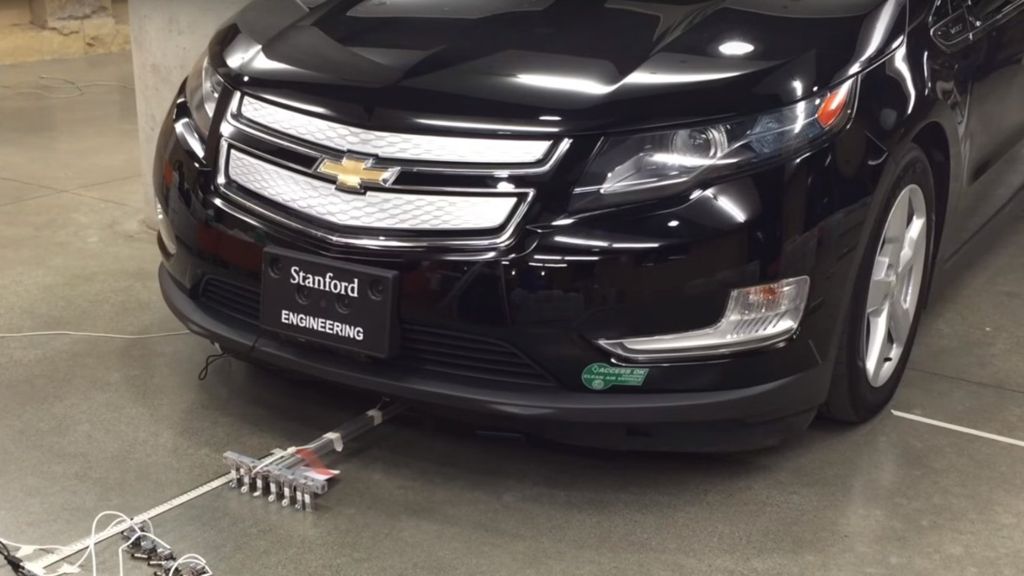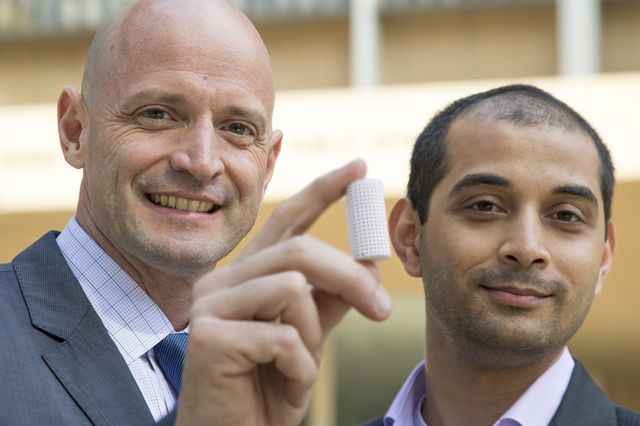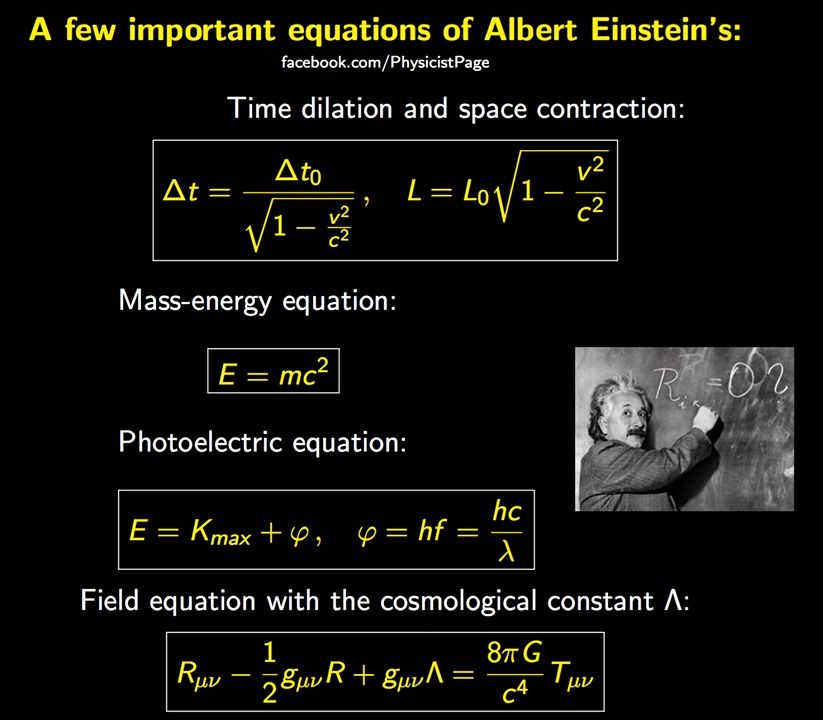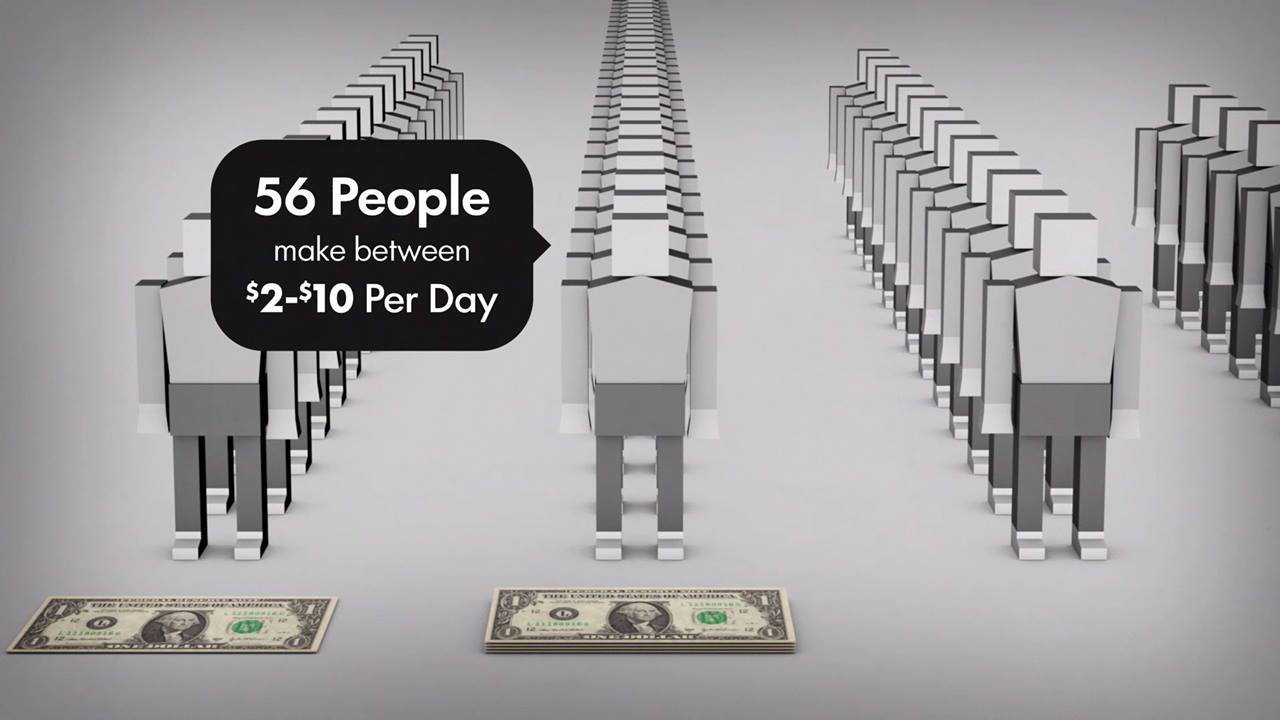Mar 15, 2016
Tiny robot ants pull car with teamwork
Posted by Karen Hurst in categories: robotics/AI, transportation
This is extremely interesting and innovating to me. Why? Just imagine if your car (even a self driving car) your car breaks down on a road somewhere 10 to 25 miles away from the nearest gas station or town. And, you have a backup system that alerts you in the car that it has to switch over to tow mode, and engages a robotic pull system and set your flashers on then tows you to the nearest gas station or police station; etc.? No more tow bills, no more fears to the elderly or others being exposed on the side of the road. BTW — the car engine keeps the car microbot/s charged up.
A team of tiny robot ants pull a car that is thousands of times their weight as part of an experiment at Stanford University.


















